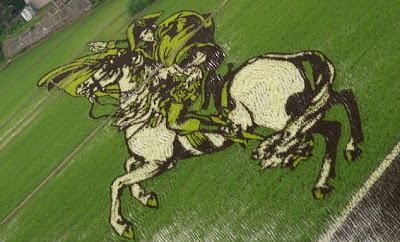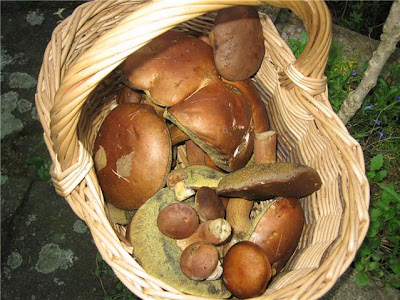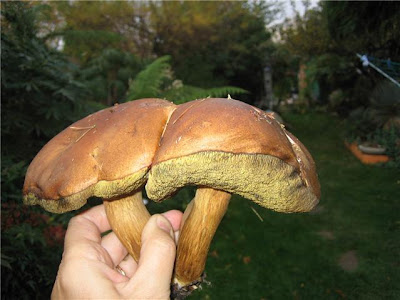A garden full of the most weird and wonderful plants. Prehistoric-looking cycads and Araucaria greeted us at this garden near Mutare. Conveniently the father of my friend runs it, and so we had a good nose around. The grounds are fairly extensive, and hold a huge selection of subtropical plants.
Once again, I have so many pictures, it's a shame I can't bore you with all of them. The atmosphere in these gardens was quite tranquil, and other-worldly.
A reminder of how the downfall in the Zimbabwean economy affects the smallest things. This garden had one of the nicest collections of cycads I saw in Zimbabwe. Most cycads in public gardens are dug up and sold to collectors. Below is a rare cycad which is native to the region. There used to be many wild specimens, but the native people of Zimbabwe and bordering Mozambique have been so short of food at times, that these have been harvested. The centre of the stems can be dried and made into a rough flour. When the plant has been growing for 50-100+ years, it is a shame for them to end up this way.
A very photogenic Frangipani, blooming its' head off.
An amazing selection of moisture-loving tropicals in one of the shade houses. The atmosphere here was amazing, with a beautiful selection of plants.
If I'm going to get through blogging all of this trip I'm going to have to skip some great stuff. Mutare is set at some altitude, in a valley surrounded by mountains. Having seen some heavy rains a few weeks prior to my visit, the land was green and lush.
We went for sun-downers (alcohol and sunset are a good combination), at a local look out. The skies gradually cleared.
To reveal a most picturesque landscape. Below a setting suns' rays shine through the foliage of a Protea sp.
Mutare has to be one of my favourite places in Zimbabwe. The landscape after the rains is not too different to England on a summers day. I would love to go back one day.
A storm cloud bubbles up behind us, in the light of a full moon.
Darkness falls across the town of Mutare.



 I just got these in an email, and I thought it was brilliant! The 'agri-art' is created by farmers in Inakadate in Japan. From what I can see they just use a few varieties, golden, variegated, purple and the plain green leaved (Tsugaru Roman variety).
I just got these in an email, and I thought it was brilliant! The 'agri-art' is created by farmers in Inakadate in Japan. From what I can see they just use a few varieties, golden, variegated, purple and the plain green leaved (Tsugaru Roman variety). The art covers 15000 square metres of paddy fields.
The art covers 15000 square metres of paddy fields. 




